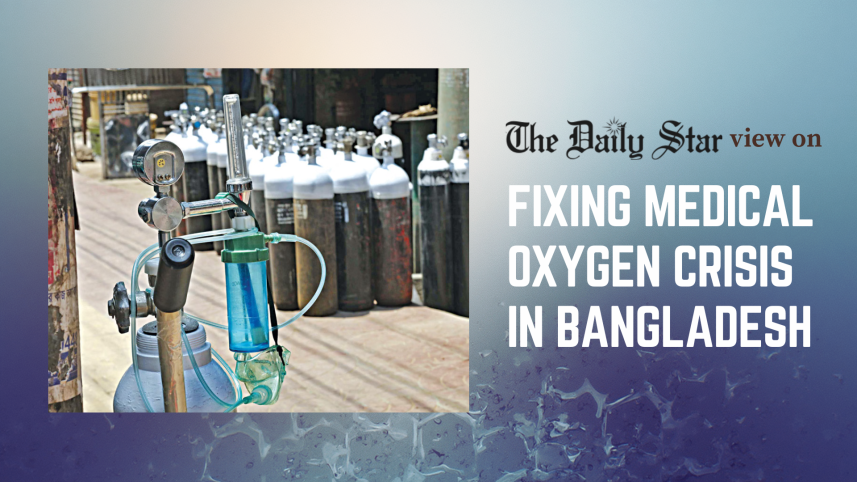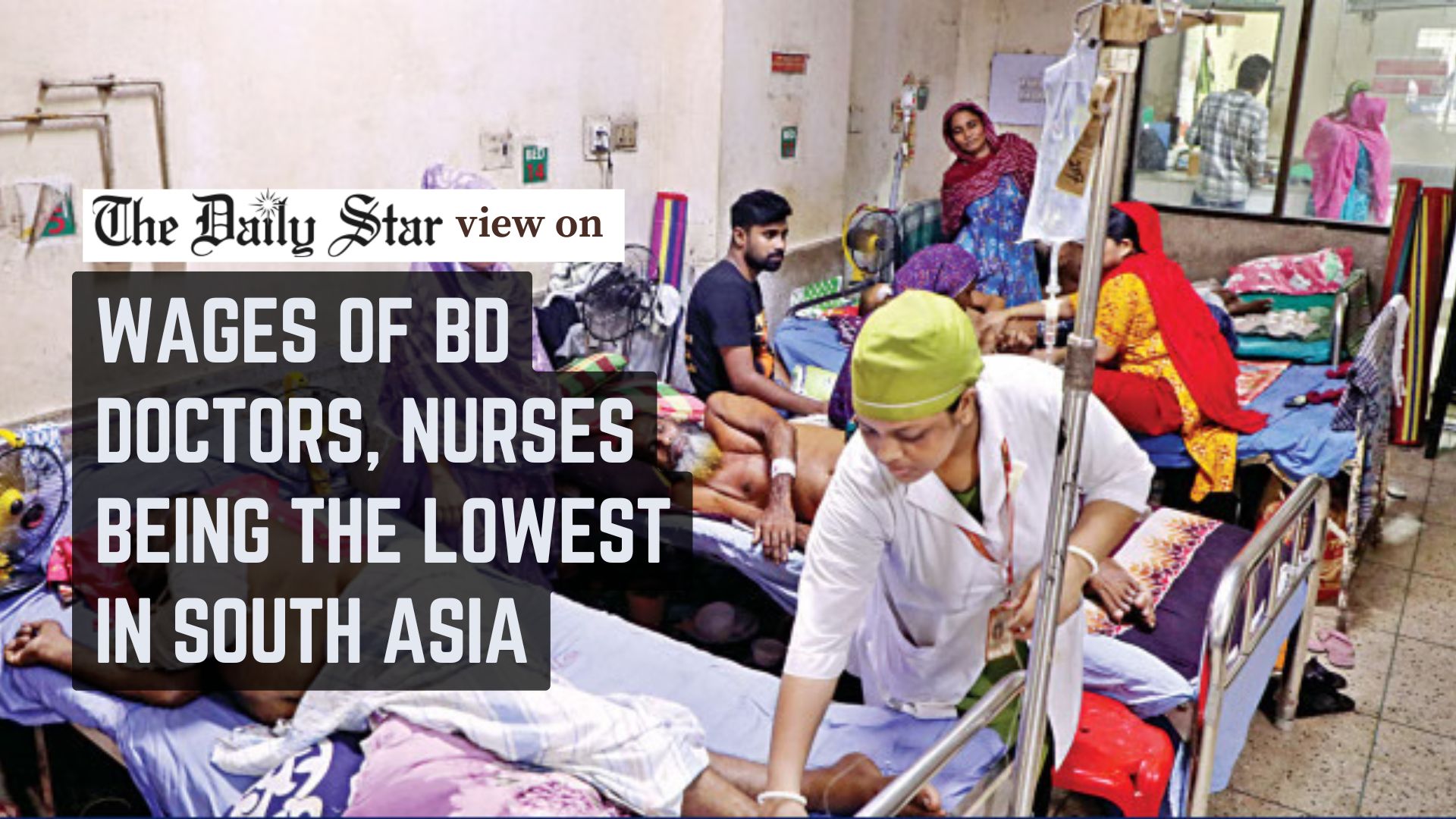Time to end medical oxygen crisis

The government's decision to declare medical oxygen an essential drug is a commendable move, but it must be seen for what it is: a preliminary gesture, not a solution. The declaration will ring hollow if it does not translate into a tangible, uninterrupted supply of this life-sustaining gas reaching every patient who needs it, from the capital's premier hospitals to the most remote clinics in rural areas.
Severely limited or unreliable oxygen services have long been an issue in Bangladesh, the acute nature of which was exposed during the pandemic. Around 74 lakh people in the country require 84 million normal cubic metres of oxygen annually. However, we don't produce enough medical oxygen. The government therefore must adopt a multi-pronged strategy to ensure a resilient supply chain. It must increase production by expediting the establishment of government-owned medical gas plants so that dependency on private companies and imports can be reduced. It is a waste of resources to keep most of the Pressure Swing Adsorption (PSA) oxygen plants, installed during the pandemic, inactive while the demand remains so high.
Centralised oxygen systems, also known as Vacuum Insulated Evaporators (VIEs), must also be expanded, especially in remote areas, to ensure uninterrupted oxygen flow, which is more efficient and safer than relying on cylinders. Moreover, without investing in human resources and training medical staff properly, this crisis cannot be addressed. This training must extend to all hospitals and clinics across the country.
Investing in expanding our oxygen capacity is not merely a health expenditure; it is a fundamental investment in our nation's well-being and its future. It is essential to recognise medical oxygen as both a citizen right and a national priority, underscoring its critical role in Bangladesh's preparedness for future health emergencies. The pledge to "ensure healthy lives" under SDG-3 cannot be met with policy declarations alone. It must be fulfilled with the steady flow of oxygen to every citizen in need.
The harrowing memories of the pandemic, when thousands of healthcare workers and families experienced the desperation of trying to find oxygen for severely unwell patients and family members, must fuel a relentless drive to build a resilient oxygen ecosystem, from production and storage to distribution and delivery.



 For all latest news, follow The Daily Star's Google News channel.
For all latest news, follow The Daily Star's Google News channel. 

Comments